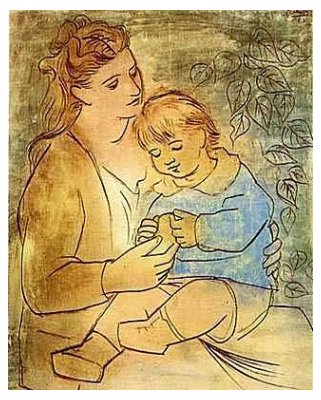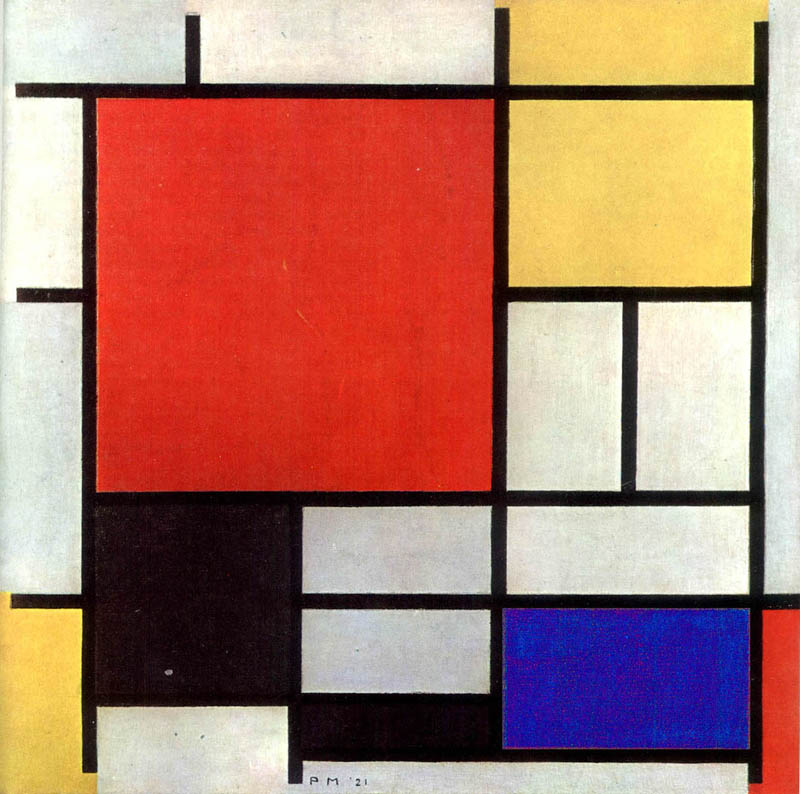
I have been reading quite a few children’s novels recently.Sometimes I read a new author if I am uncertain as to their suitability for ds9+13, sometimes I read them to encourage a discussion on aspects of the book and sometimes I read them to determine whether they would make good readloud for both boys. At present the 4 year gap in age makes the last reason harder than it has done in the past. Now as to the first I think I should explain that suitability can encompass a large criteria but often relates to the maturity of the reader. While both boys could read nearly all the books I review I think some books fit better into certain ages. Anyway these are just my views and reasons.
And so to the first book:
The Mysterious Edge of the Heroic World by e.l.konisburg. Years ago I read another book by the same author as a readaloud to our older children. It was amusing and exciting and expressed ideas in simple language without being simplistic.. I would recommend my current read while stressing that some of the concepts it discusses are possibly better left to the early teens.
The story focuses on two boys and their friendship as it develops with an aging client of the mother of one of the boys. Both boys come from very different backgrounds socially. One of the boys has a wish he desires to be fulfilled
”He didn’t expect to be a star explorer like Columbus or Magellan, men who set out with a mission and who had sponsors and whose names are as important as their discoveries. He simply wanted to find something that had been lost, something that people didn’t even know was lost until it was found -by him.”
The plot takes us back to occupied Holland during WWII and in particular the world of art at that time through one of the boy’s godfather. The focus is on what Hitler labeled “Degenerate art”. This qualification was earn ed by several of the artists we have studied this year, van Gogh and Escher and Mondrian and so it seemed an important book for me to pre-read for our 13yo.(of course it included others we have not yet looked at such as works by Renoir, Picasso and Matisse)
ed by several of the artists we have studied this year, van Gogh and Escher and Mondrian and so it seemed an important book for me to pre-read for our 13yo.(of course it included others we have not yet looked at such as works by Renoir, Picasso and Matisse)
Another quote from the book that I like:
”Good,” she said, looking straight head.” But this is what I want to tell you. Ninety percent of what you are is invisible you weigh two hundred and fifty pounds instead of a hundred and fifty pounds people are seeing twenty-five instead of fifteen. They may think they are seeing more but it is still only ten percent.” She checked herself in the rearview mirror.” If I’ve done the math right.”
“Did you ever weigh a hundred and fifty pounds?”
“I think I did once. What is that in stone?”
“Stone?”
“British stone?”
“How many pounds to stone?” he asked
“I think they do it in kilograms.”
“It must be very complicated.”
“Yes it is,” she said.
“And so is the ten percent I see.”
“Thank you,” she replied.
Next quote:” He (Hitler) declared all modern art to be degenerate.
The Nazis plucked the word degenerate from a cauldron of myth and fear and loathing and distilled it into a politically correct reason for destroying modern art….The word degenerate itself was essentially a medical term to describe the condition of people who were not “normal” because of a nervous disorder. They(the Nazis) defined degenerate as something so far removed from normal, so decadent, that it could no longer be recognized as belonging to the same species….To protect the art and refinement of the Aryan race all degenerates and degenerate work must be eliminated.’
Still another quote:
“Friendship is a combination of art and craft. The craft part is in knowing how to give and take. the art part is in knowing when, and the whole process only works when no one is keeping track.”
“To me at fifteen years, that Pieter wore the Rosa winkel was for me both surprise and not a surprise.. Pieter was a homosexual, but he was much more than that. He was my brother, my parent, my guardian, my friend….It was the Nazis who made a label for Pieter. The Nazis made a label for everyone. Besides the yellow stars for Jews they had triangles of brown for gypsies, and purple for Jehovah Witnesses. The Nazis believed that if they know how you ere born as a Jew or a Gypsy or a homosexual, they know everything about you and can make a label for it. But what did these labels tell you about the person who wore them? The Nazis did not have labels for kind and generous and brave and smart and a good friend and a good son and a good, good, good, brother. …The Nazis could never make a label for Pieter van der waal. The Nazis knew as much about Pieter van der Waal as the mount that the Rosa Winkel covered: a small flat pink triangle.”
friend….It was the Nazis who made a label for Pieter. The Nazis made a label for everyone. Besides the yellow stars for Jews they had triangles of brown for gypsies, and purple for Jehovah Witnesses. The Nazis believed that if they know how you ere born as a Jew or a Gypsy or a homosexual, they know everything about you and can make a label for it. But what did these labels tell you about the person who wore them? The Nazis did not have labels for kind and generous and brave and smart and a good friend and a good son and a good, good, good, brother. …The Nazis could never make a label for Pieter van der waal. The Nazis knew as much about Pieter van der Waal as the mount that the Rosa Winkel covered: a small flat pink triangle.”
Finally: “And he thought about the edge between the ninety percent and the ten percent. Sometimes that edge was cunning, and sometimes it was kind. Sometimes it was shabby. And sometimes it was heroic. But it was always mysterious. Definitely.”
Yes this is book that discusses some pretty big concepts: ,prejudice,the value of each human life, how well we really know each other,what makes a hero a hero using a "fairly" simple vocabulary but not always simple plot.The topics it uses:the Nazi occupation of Holland and in particular Hitler's stance on and definition of 'degenerates" and homosexuality might make it a book some homeschoolers put aside. I hope I can encourage you not to do so.I think the book is very relevant for all young people living in the 21st century. As I said at the beginning of my review better left til the reader is in their teens but then to be read and discussed and read again. Yes most definitely!



No comments:
Post a Comment